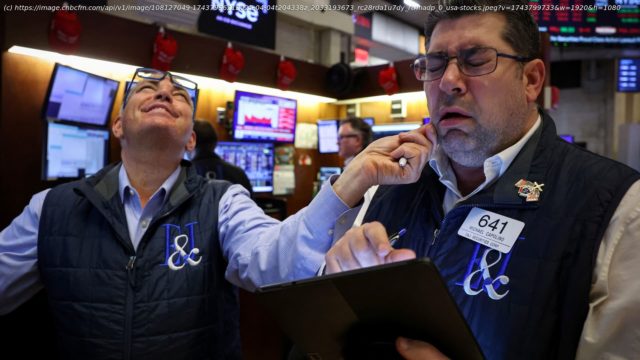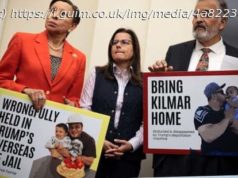What’s happened is something worse than the worst-case scenario.
Before Wednesday, President Donald Trump’s tariffs were expected to be a problem for markets and the economy, but a manageable one.
So much for that idea.
What happened instead is something worse than the worst-case scenario, which previously had been one where the U.S. would slap true „reciprocal“ duties on its trading partners that would match tariffs charged to American exports.
In a perfect world, that would have triggered a round of negotiations that led to deals all sides could live with as part of a Trump effort to change the trajectory of global trade, reshore American jobs and transform the U.S. from being dependent on cheap foreign imports and lavish government spending to a production-focused economy.
Fears around that scenario were focused on a spark to inflation and perhaps a slight slowdown in growth.
What actually emerged, though, has been economic, market and geopolitical mayhem.
It started with Trump’s Rose Garden news conference Wednesday after the market close, when the president recited, almost gleefully, his intentions to „pry open foreign markets and break down foreign trade barriers.“
The plan: Slap 10% tariffs on every U.S. trading partner starting Saturday, with individualized rates for 60 other countries that would begin in a week. Virtually overnight, the effective U.S. tariff rate was set to spring from 2.5% to well past 20%.
For perspective, that has the potential to be the highest level since 1910 — higher even than the devastating Smoot-Hawley tariffs of 1930 that many economists see as contributing to the Great Depression, putting an exclamation point on Trump’s anti-globalist, maximalist protectionism that went beyond Wall Street’s worst fears.Quick reaction
If Trump was playing chicken with the rest of the world, he lost round one.






